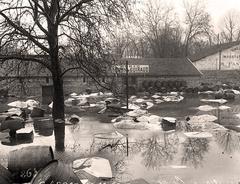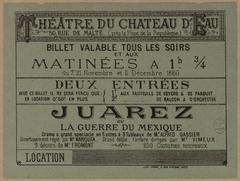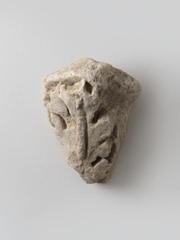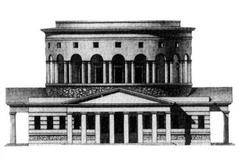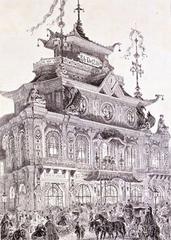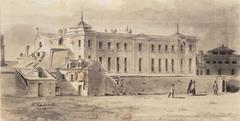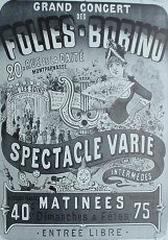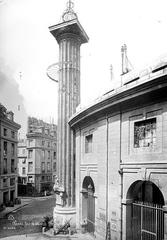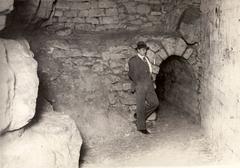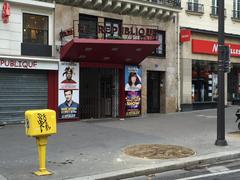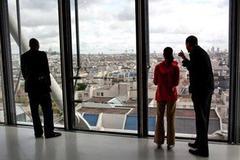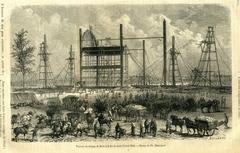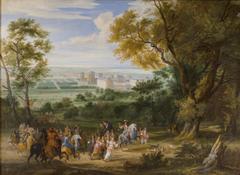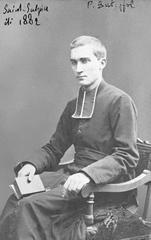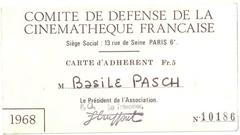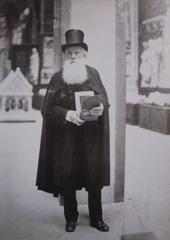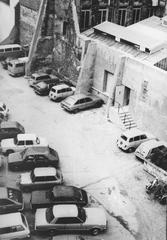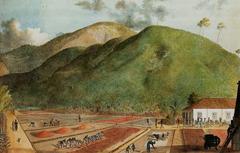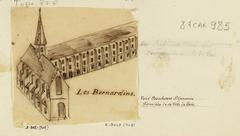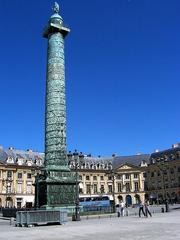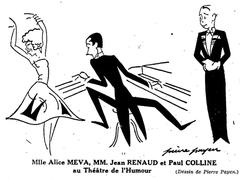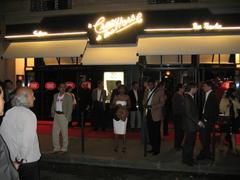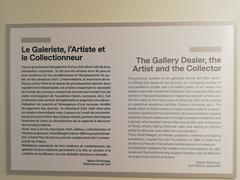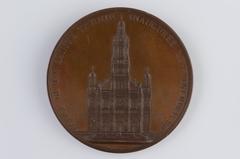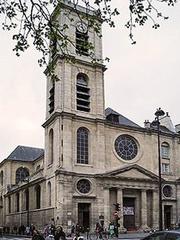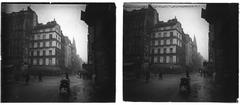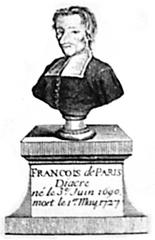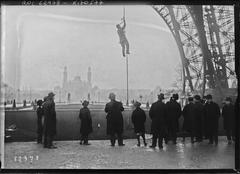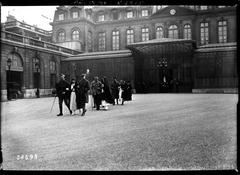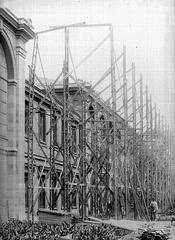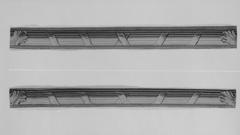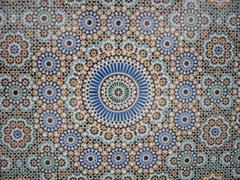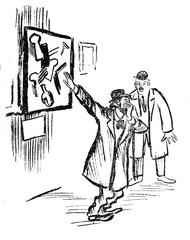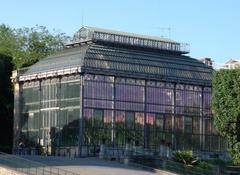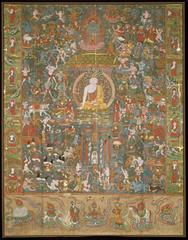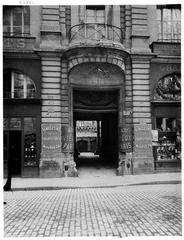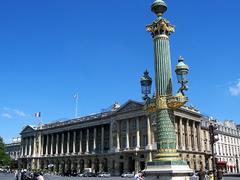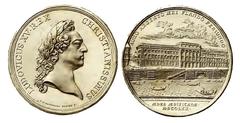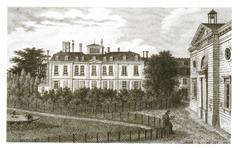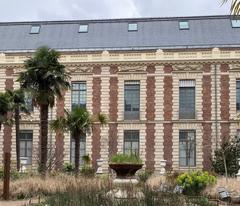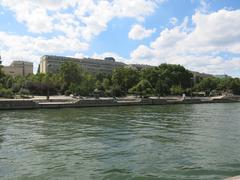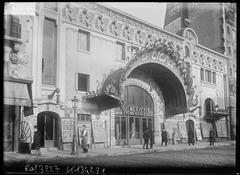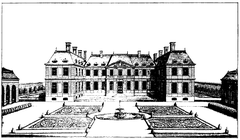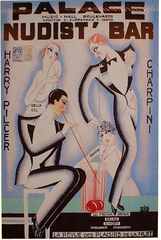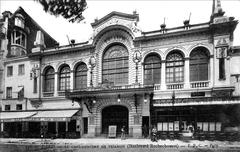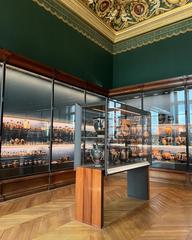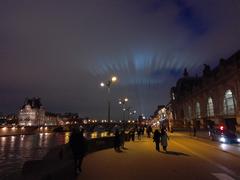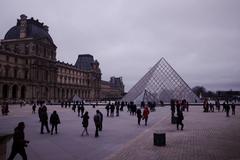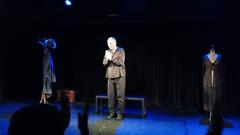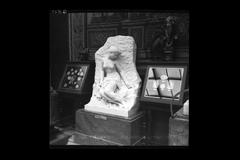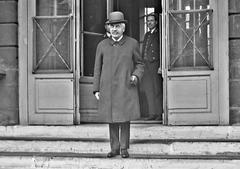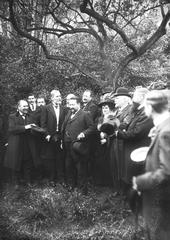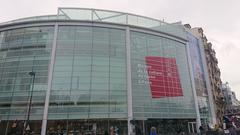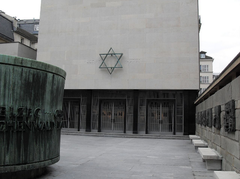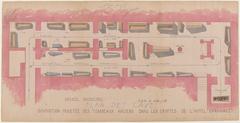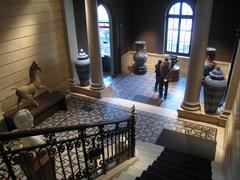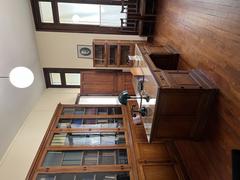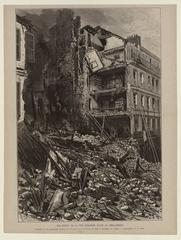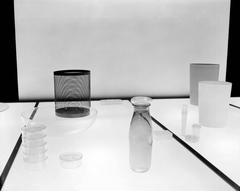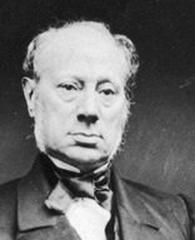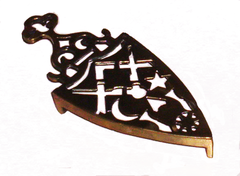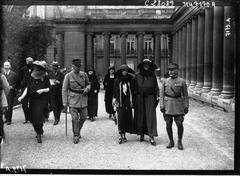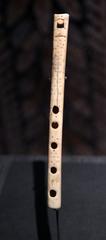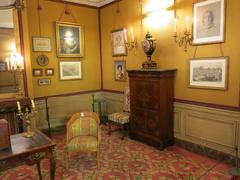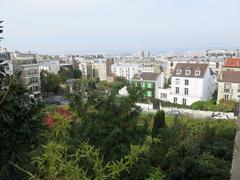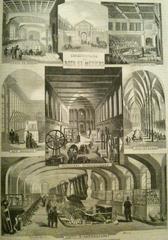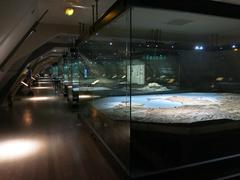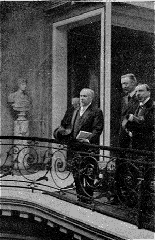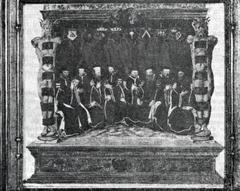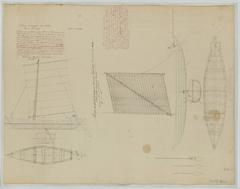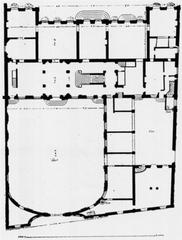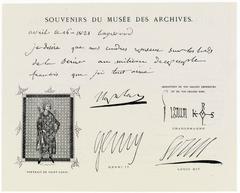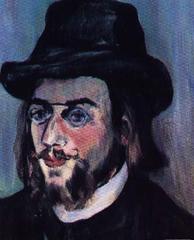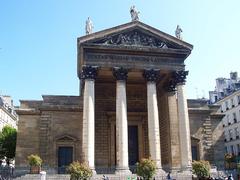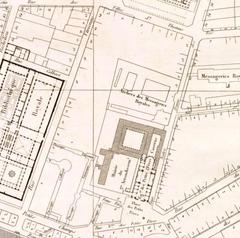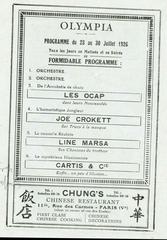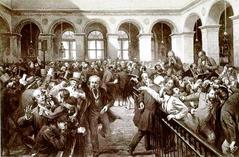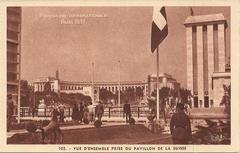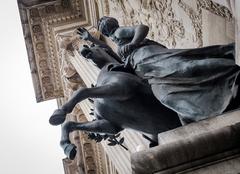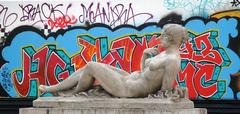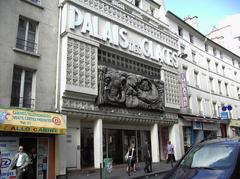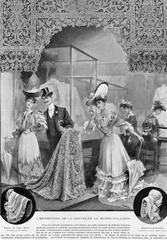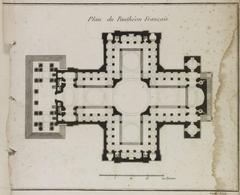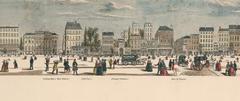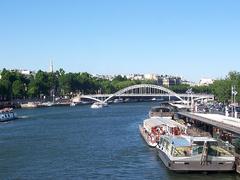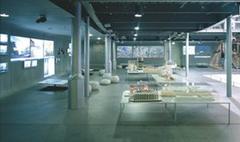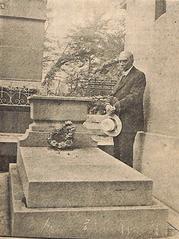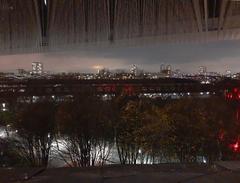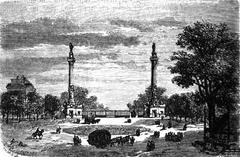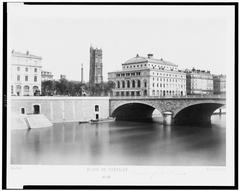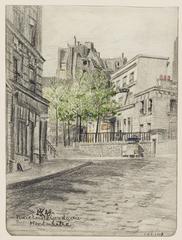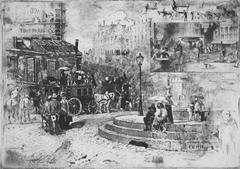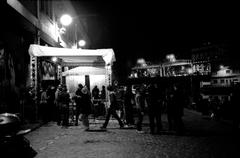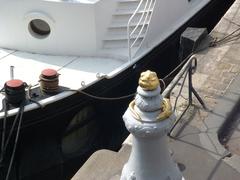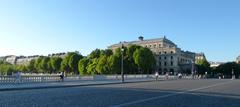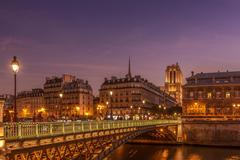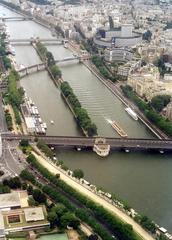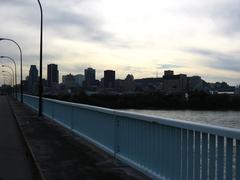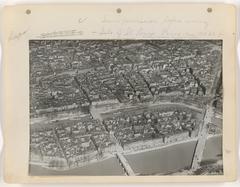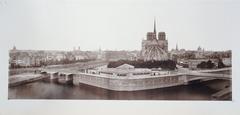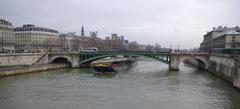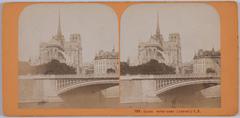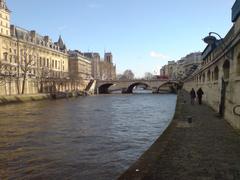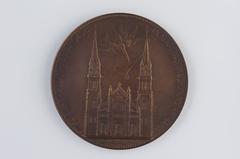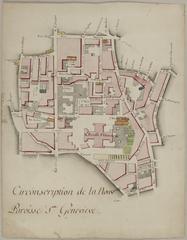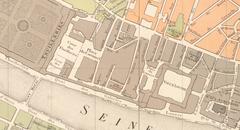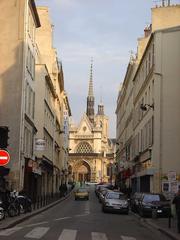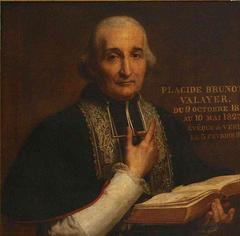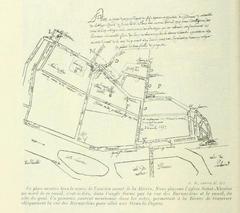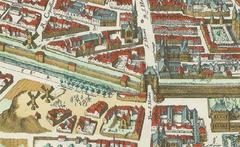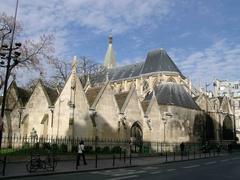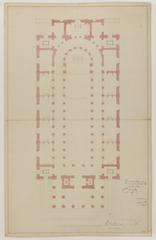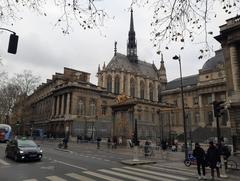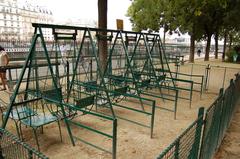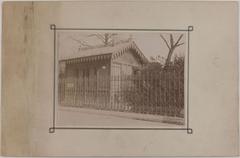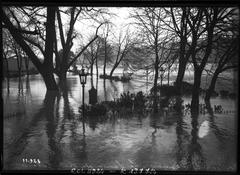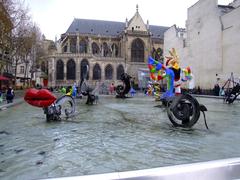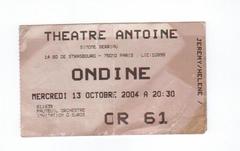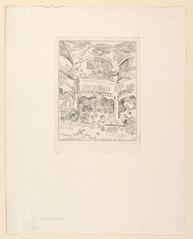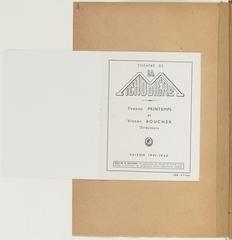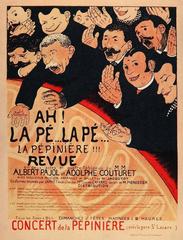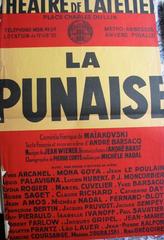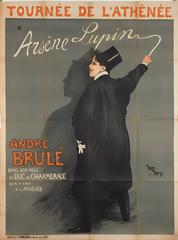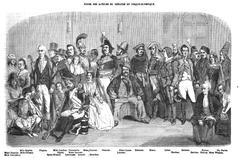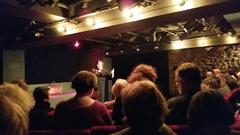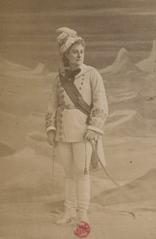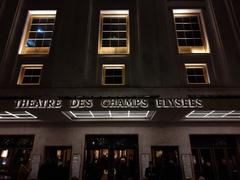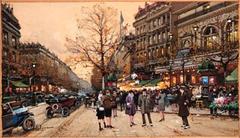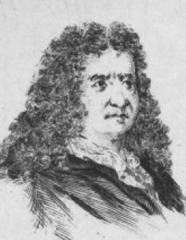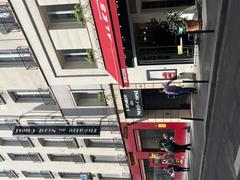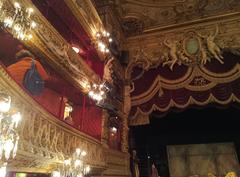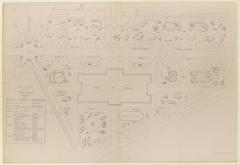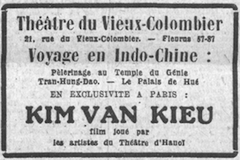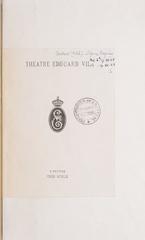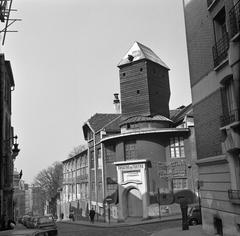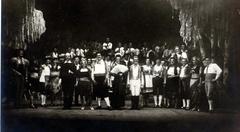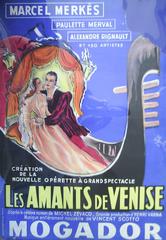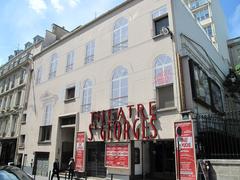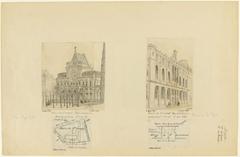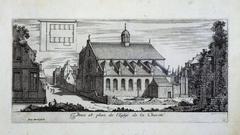Pont Marie Visiting Hours, Tickets, and Historical Significance in Paris
Date: 18/07/2024
Introduction
Pont Marie, one of the oldest and most picturesque bridges in Paris, is a must-visit landmark that offers a blend of historical significance, architectural beauty, and modern-day relevance. Constructed between 1614 and 1635, it was named after its engineer, Christophe Marie. The bridge was built to connect the Île Saint-Louis to the right bank of the Seine River, facilitating the development of the island, which was then a marshy area (Paris Info). Pont Marie stands as an exemplary piece of early 17th-century engineering with its five stone arches, each spanning approximately 20 meters (Structurae). Over the centuries, it has witnessed numerous historical events, including the devastating flood of 1658, which destroyed two of its arches and highlighted the vulnerabilities of building structures on bridges (Parisianist).
Culturally, Pont Marie has been immortalized in various works of art and literature, including the writings of Victor Hugo and the paintings of Camille Pissarro (Art and Culture). Its picturesque setting makes it a popular spot for artists, photographers, and tourists alike. Today, Pont Marie continues to be a vital part of Paris’s infrastructure, serving both locals and tourists. It offers stunning views of the Seine River and is conveniently located near major attractions like the Notre-Dame Cathedral and the Louvre Museum (Paris Tourism).
Table of Contents
- Introduction
- Early Conception and Construction
- Architectural Design and Features
- Historical Significance
- Restoration and Preservation
- Cultural Impact
- Modern-Day Relevance
- Notable Events and Anecdotes
- Preservation Efforts and Challenges
- Pont Marie in the Context of Parisian Bridges
- Visitor Experience
- FAQ Section
- Conclusion
Exploring Pont Marie - History, Visiting Hours, and More
Early Conception and Construction
Pont Marie was conceived during the early 17th century and named after its engineer, Christophe Marie. The project was initiated in 1614 under the reign of King Louis XIII, with the primary goal of connecting the Île Saint-Louis to the right bank of the Seine River. The construction of Pont Marie was part of a broader urban development plan aimed at expanding and modernizing Paris (Paris Info).
Architectural Design and Features
The bridge’s design reflects the architectural style of the early 17th century, characterized by its five stone arches. Each arch spans approximately 20 meters, contributing to the bridge’s total length of 92 meters. The width of the bridge is about 22 meters, allowing for both pedestrian and vehicular traffic. The use of stone in its construction not only provided durability but also added to the aesthetic appeal of the bridge, making it a significant architectural landmark in Paris (Structurae).
Historical Significance
Pont Marie holds considerable historical significance as it was one of the first bridges in Paris to be constructed with houses on it. These houses were built to generate revenue to fund the bridge’s maintenance. However, this practice was discontinued in the 18th century due to the risk of fire and the need for wider roadways. The bridge has witnessed numerous historical events, including the flooding of the Seine in 1658, which caused significant damage to the structure and the houses built on it (Parisianist).
Restoration and Preservation
Over the centuries, Pont Marie has undergone several restorations to preserve its structural integrity and historical value. The most significant restoration took place in the 19th century under the direction of architect Antoine Vaudoyer. This restoration aimed to repair the damage caused by the 1658 flood and to reinforce the bridge’s foundations. In the 20th century, further efforts were made to preserve the bridge, including the removal of the remaining houses and the reinforcement of the stone arches (French Monuments).
Cultural Impact
Pont Marie has been a source of inspiration for numerous artists and writers over the centuries. Its picturesque setting and historical significance have made it a popular subject in paintings, literature, and photography. The bridge is often depicted in works that celebrate the romantic and historical charm of Paris. It has also been featured in several films and television shows, further cementing its status as an iconic Parisian landmark (Art and Culture).
Modern-Day Relevance
Today, Pont Marie continues to be a vital part of Paris’s infrastructure, serving both locals and tourists. It is a popular spot for leisurely walks, offering stunning views of the Seine River and the surrounding historic buildings. The bridge’s proximity to major attractions such as the Notre-Dame Cathedral and the Louvre Museum makes it a convenient and scenic route for visitors exploring the city. Additionally, Pont Marie is a testament to the city’s rich history and architectural heritage, attracting history enthusiasts and architecture buffs alike (Paris Tourism).
Notable Events and Anecdotes
One of the most notable events associated with Pont Marie is the aforementioned flood of 1658. The flood caused the collapse of two arches and the destruction of several houses on the bridge. This event highlighted the vulnerabilities of building structures on bridges and led to changes in urban planning and construction practices in Paris. Another interesting anecdote is the legend of the “Pont Marie Ghost,” a tale that has been passed down through generations. According to the legend, the ghost of a young woman who perished in the flood haunts the bridge, adding an element of mystery and intrigue to its history (Haunted Paris).
Preservation Efforts and Challenges
Preserving Pont Marie has been a continuous challenge due to its age and the environmental factors affecting its structure. The bridge is regularly monitored for signs of wear and tear, and maintenance work is carried out to address any issues. In recent years, there has been a growing emphasis on preserving the historical authenticity of the bridge while ensuring its safety and functionality. This involves using traditional materials and techniques in restoration work, as well as implementing modern engineering solutions to reinforce the structure (Heritage Preservation).
Pont Marie in the Context of Parisian Bridges
Pont Marie is one of several historic bridges in Paris, each with its own unique history and significance. Compared to other bridges like Pont Neuf and Pont Alexandre III, Pont Marie stands out for its early construction date and its role in the urban development of Île Saint-Louis. The bridge’s historical and architectural value makes it an essential part of the narrative of Paris’s evolution as a city. It also serves as a reminder of the engineering feats and urban planning strategies of the 17th century (Paris Bridges).
Visitor Experience
For visitors, Pont Marie offers a blend of historical exploration and scenic beauty. Walking across the bridge provides a unique perspective of the Seine River and the surrounding landmarks. Information plaques and guided tours are available to educate visitors about the bridge’s history and significance. Additionally, the area around Pont Marie is home to charming cafes, boutiques, and art galleries, making it a delightful destination for tourists looking to experience the cultural vibrancy of Paris (Visit Paris).
Practical Visitor Information
- Visiting Hours: Pont Marie is accessible 24/7, allowing visitors to enjoy it at any time of the day or night. However, guided tours have specific hours, so it is advisable to check in advance.
- Tickets: There is no fee to visit Pont Marie itself, but guided tours or special events may require tickets. Prices and availability can be found on the official Paris tourism website.
- Travel Tips: The bridge is easily accessible by public transport, with the nearest metro station being Pont Marie (Line 7). Wear comfortable shoes for walking, and consider visiting early in the morning or late in the evening to avoid crowds.
- Nearby Attractions: While visiting Pont Marie, you can also explore nearby attractions like Île Saint-Louis, Notre-Dame Cathedral, and the Louvre Museum. Each of these sites offers a unique glimpse into the history and culture of Paris.
- Accessibility: Pont Marie is accessible to pedestrians and vehicles, and there are ramps for wheelchair access. Public transport options are also available for those with mobility issues.
FAQ Section
Q: What are Pont Marie’s visiting hours? A: Pont Marie is accessible 24/7, but guided tours have specific hours. Check the official tourism website for details.
Q: How do I get tickets for Pont Marie? A: There is no fee to visit Pont Marie itself, but guided tours or special events may require tickets. Visit the official Paris tourism website for more information.
Q: What are some nearby attractions to Pont Marie? A: Nearby attractions include Île Saint-Louis, Notre-Dame Cathedral, and the Louvre Museum.
Q: Is Pont Marie accessible for people with disabilities? A: Yes, Pont Marie is accessible to pedestrians and vehicles, with ramps available for wheelchair access.
Conclusion
Pont Marie is not just a bridge but a historical monument that encapsulates the rich heritage and architectural prowess of Paris. Its enduring presence and continued relevance make it a must-visit for anyone interested in the history and culture of the French capital. Whether you’re a history enthusiast, an architecture buff, or simply looking for a picturesque spot for a leisurely walk, Pont Marie offers something for everyone. Don’t forget to check visiting hours, ticket information, and travel tips to make the most of your visit to this iconic landmark.
Call to Action
For more information on Pont Marie and other historical sites in Paris, download the Audiala mobile app, check out our other related posts, or follow us on social media for the latest updates and travel tips.
References
- Paris Info, 2023, Official Paris Tourism Website
- Structurae, 2023, Database for Civil and Structural Engineering
- Parisianist, 2023, Guide to Paris
- Art and Culture, 2023, Online Art Portal
- Heritage Preservation, 2023, Organization for Historical Preservation
